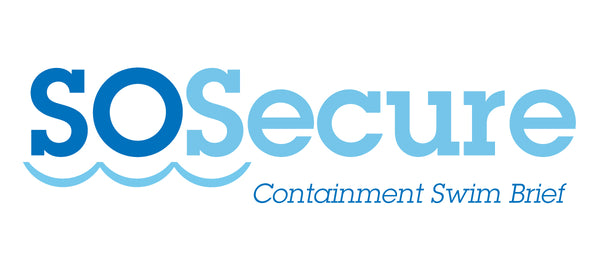Facts About Incontinence
You are not alone! Incontinence affects 5-7% of all ages of the world population. In older persons, this increases to 10% for combined fecal/urinary incontinence.
Often considered a "taboo" subject, individuals can be reluctant to disclose their incontinence, even when speaking with their own doctor. So, it is often quite difficult to shop for the products that can give you the discreet protection that you need and allow persons with this common problem to enjoy an active life.
Incontinence can be caused by a multitude of reasons. IBS (Irritable Bowel Syndrome), childbirth, prostate problems, obesity, and aging are a few. Neither urinary incontinence nor fecal incontinence is a single disease. Rather they are symptoms of many different conditions. For more information on causes of incontinence, as well as tips on dealing with all types of incontinence, we recommend visiting the National Association For Continence website, a not-for-profit organization that provides valuable information.
For those active people who wish to swim or for people who need to take aquatic therapy, we have developed the SOSecure Swim Brief. It is worn under a swimsuit and when adjusted as snug and as comfortably as possible, provides superior protection and peace of mind. The garment was designed mainly for bowel incontinence, but also provides a certain amount of protection for urinary leakage. No garment is totally watertight, but the SOSecure Swim Brief provides the best protection of any garment you'll find.
PLEASE NOTE:
You should never swim when you are experiencing diarrhea. This can be a sign of sickness, which may spread to others by contaminating the water. Diarrhea is the most common source of WBI (Water Born Illness). Crypto (krip-toe), short for Cryptosporidium, is a germ that causes diarrhea. This germ is found in the fecal matter of a person who has been infected by Crypto. It has a tough outer shell that allows it to survive for a long time in the environment. It can survive for days, even in properly chlorinated pools. The disease caused by infection with the germ Crypto is called cryptosporidiosis. Crypto is microscopic, so it can’t be seen with the naked eye.
Swimming with an Ostomy
Most Ostomates are able to swim without using a swim diaper. Some still choose to use the SOSecure undergarment, for added security and to prevent against unexpected leakage. Clients with stomas can take precautions to minimize the likelihood of having a leak. After changing the flange, at least several hours (preferably overnight) should lapse before engaging in aquatic activities. This allows adequate adherence of the adhesive substance to the skin. The flange can be reinforced with waterproof tape if the client is still concerned about leakage. Wearing a second swim suit or a tighter undergarment such as a swim diaper can help hold the appliance in place and reduce chance of it falling off. However, the undergarment should not be tight enough to restrict flow of effluent into the bag (Ostomy Association of Southwestern Indiana,2006).
